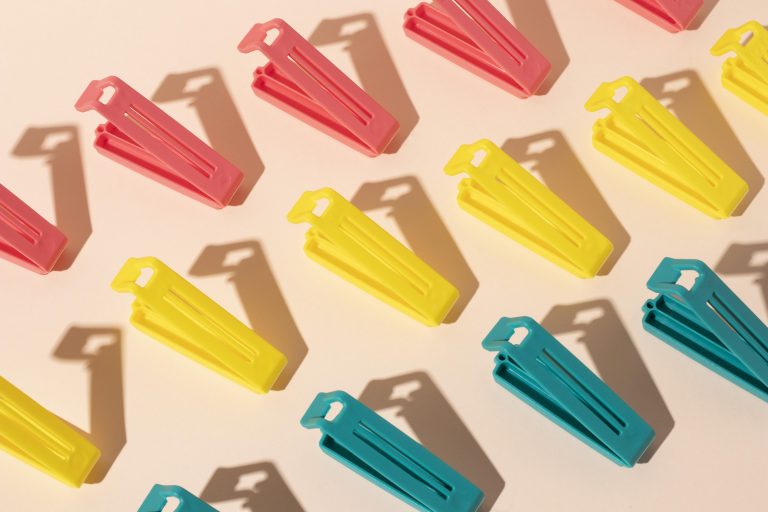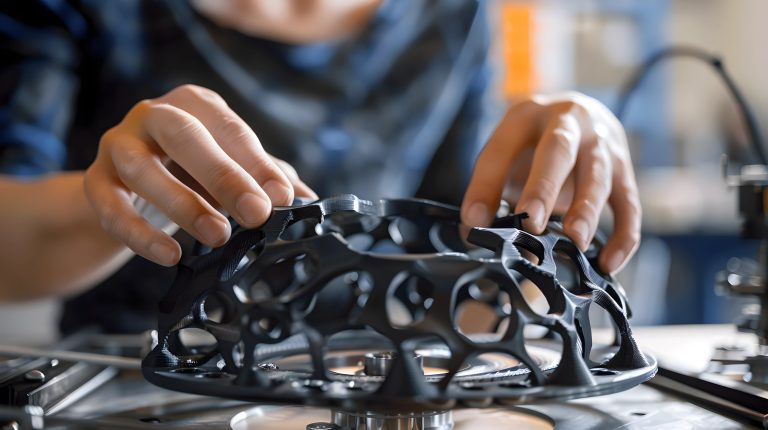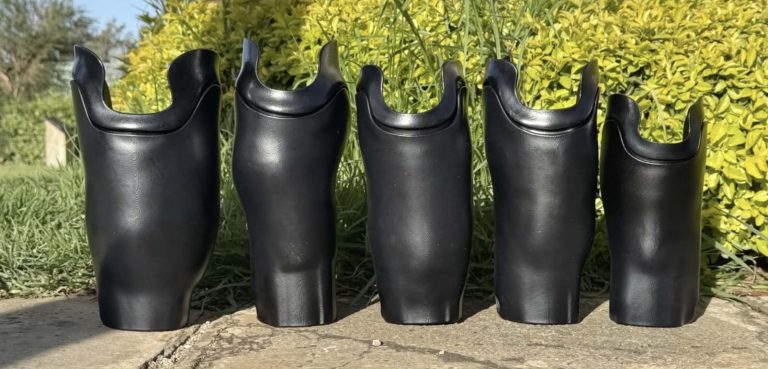Latest News: ABCorp 3D Receives ISO 13485 Medical Device Certification. Learn More.

3D Printing Consumer Goods: Smarter, Faster, More Personal
3D printing isn’t the future anymore, it’s here. Whether you’re developing a new fitness product, launching a line of tech accessories, or trying to make holiday


